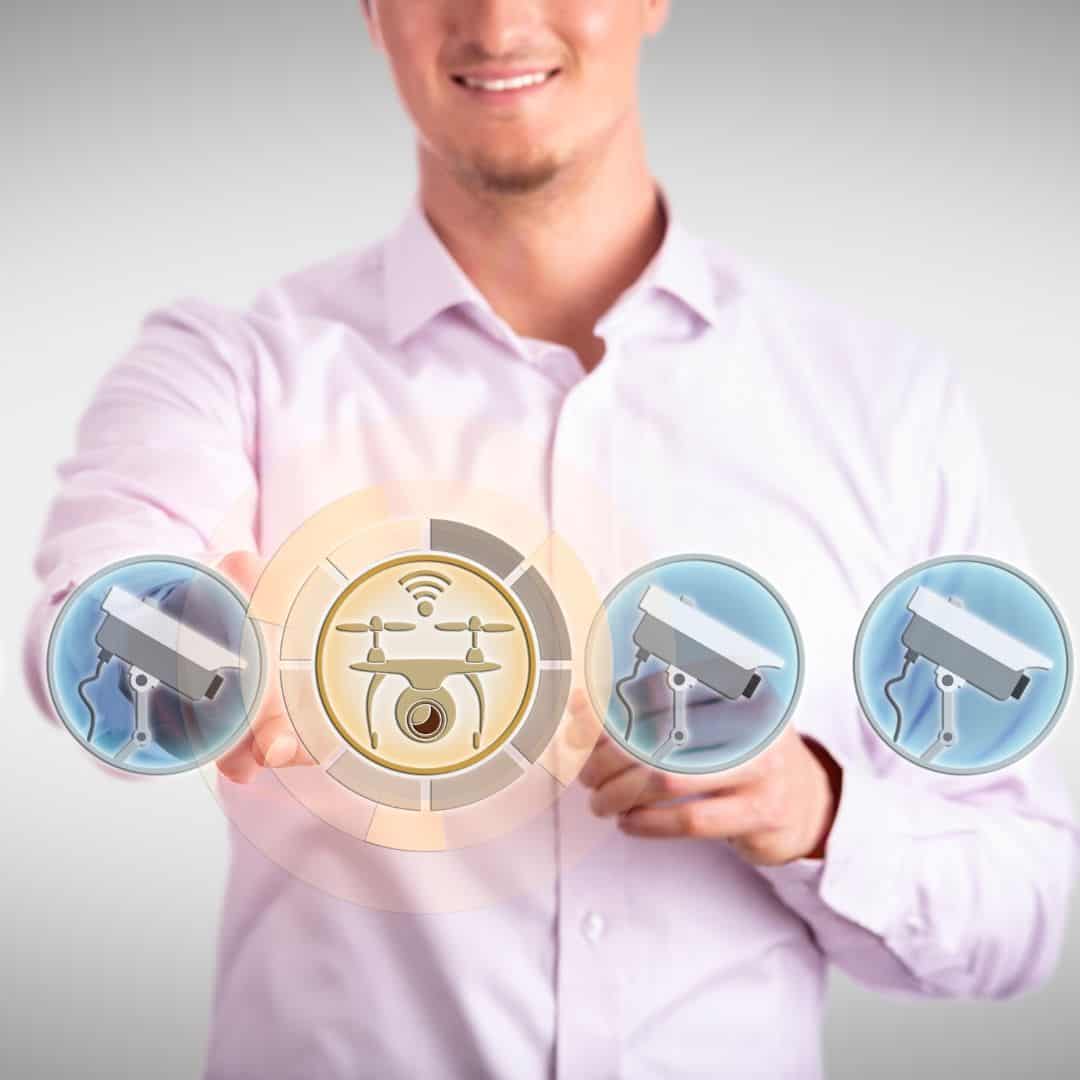Five physical security and surveillance trends for 2020

With not just a new year but a new decade now firmly upon us, we thought it was about time to cast our gaze ahead to the next 11 months and examine the trends that will be shaping the security industry in 2020 and beyond.
Note that though these might be predictions, they are also more than just educated guesses, so if you have any interest in securing your home or business property this decade, you should really be paying attention!
Artificial Intelligence
Whilst the use of AI in security has (until this point) been relegated to automatic CCTV camera control, the future will allow for true, end-to-end AI utilisation, and data processing.
This means that while the systems of yore had to send data to external servers to be analysed, the security systems of the future will be able to analyse the data on-site, meaning greater efficiency, lesser server costs, and better functionality.
Cyber integration
Cyber and physical security have always traditionally been seen as two separate entities. However, with the rise of Internet of Things (IoT) connected tech, we’re fast-approaching future where a digital hack could have physical ramifications. If your CCTV cameras are connected to the cloud, for example, they could be hacked into and remotely controlled.
If you have an access panel connected via WiFi, meanwhile, then clever criminals could use that technology against you to gain access to your property.
The rise of 5G is also going to offer more speed and bandwidth, which will make our security systems more flexible and responsive, particularly when it comes to remote control.
Insight
By the year 2025, it’s thought that there will be around 175 zettabytes of data stored in data centres globally. This is more data then we could ever possibly hope to visualise and is all potentially useable for modern security companies looking to utilise cloud-based data insight. Your security cameras will no longer simply be monitoring devices, but data-gathering machines that could prove incredibly useful for organisations.
Facial recognition
There are two sides to the coin here, as whilst facial recognition will indeed make secure access more convenient, many also see it as an invasion of privacy.
Of course, it’s something that many of us already use every day on our phones, but we have some agency there, when it comes to security, it’s all a little more tricky.
If facial recognition security is to become commonplace in the next few years then it will mean security providers working with regulators and the public to figure out the kinks, so to speak.
More video
There was a time when a security system would consist of little more than a single intruder alarm and a few CCTV cameras scattered across the entrance to the building.
As technology improves, however, and more elaborate security solutions become affordable, surveillance will start to find its way into areas where it was previously shunned due to cost and convenience concerns.
More affordable cameras and the ability to control more cameras at once means being able to utilise them in more creative ways. Drones are also going to be utilised more in the coming years, though regulation will need to play a part
Security is in a period of flux right now as the analogue world starts to make way for the fully digital. But the fundamentals remain the same and there’s certainly something encouraging about that.
